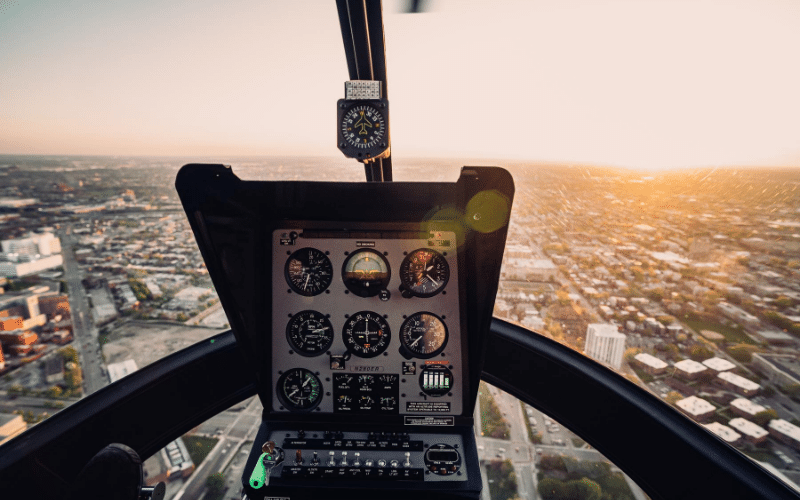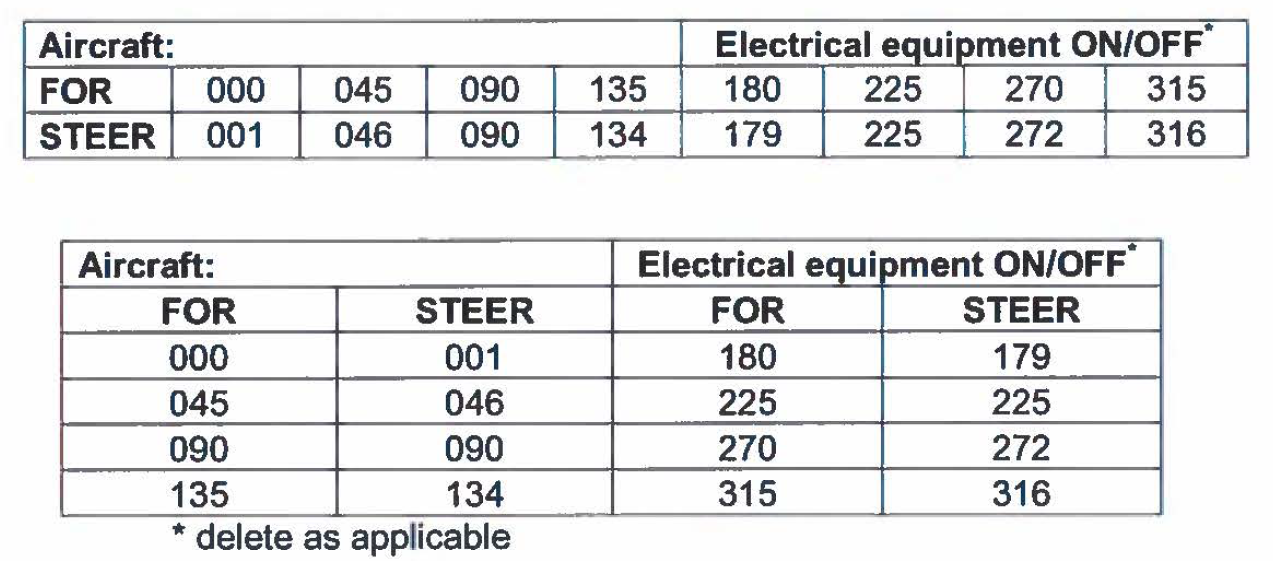
South African Compass Swing Requirements
Why should you swing a compass?
The main reason why you need to swing a compass is so that your compass will be accurate and will not lead you astray due to compass deviation errors.
Other academic reasons:
– to measure the angle between Magnetic North and Compass North and align Compass North with Magnetic North
– to determine the amount by which the compass readings are affected by hard and soft iron magnetism
– to reduce the difference between compass heading and magnetic heading (deviation)
When should a compass be swung?
All compasses fitted to South African registered non-type certificated aircraft must be swung:
– on installation
– every 5 years thereafter
– before a newly registered aircraft is placed into service in the country
– immediately after material or equipment that may affect the compass is installed, removed or replaced;
– when the aircraft has been subjected to a hammering
– when there is a large, and permanent, change in magnetic latitude
– when compass components are installed or replaced
– whenever the accuracy of the compass is in doubt
– after a maintenance inspection, if required by the schedule
– after a significant aircraft modification, repair or replacement involving magnetic material (such as an engine change)
– when carrying unusual ferromagnetic payloads
– when the compass has been exposed to significant shock (heavy landing)
– if the aircraft has been struck by lightning
– after significant modifications to the aircraft radio or electrical system
– if the aircraft has been in long term storage facing in one direction or heading
Compass Swing Requirements (SA CATS 44)
44.01.12
– The compass swing for the primary compass shall be carried out with all common electrical equipment “ON”.
– The compass swing for the standby compass shall be carried out with all electrical equipment “OFF”.
Deviation Cards
A deviation card must be installed on or in close proximity to each compass or, for remote reading compasses, the main indicator or repeaters and must contain the following information:
– The readings at intervals not greater than 45 degrees.
– Whether the compass was swung with electrical equipment switched “ON” or “OFF”, as applicable.
– The signature and licence number of the person responsible for the swing and the date it was carried out.
– After a magnetic compass has been compensated the reading must be such the residual deviation in level flight does not exceed 5 degrees on any heading.
– Remote-reading compasses must be adjusted to obtain minimum deviations, but where the construction of the compasses is such that all deviation can be adjusted for, no deviation card will be necessary.
– Deviation cards must be placed in holders provided for this purpose
Examples of compass deviation cards:

Logbook Entries
The date on which the compass was swung must be entered in the airframe logbook and certified by an appropriately licensed and rated AME, Approved Person, or the holder of a commercial pilot or airliner transport pilot licence.
Compass Swing Areas and Equipment
– Before any compass is swung it must be established that the swinging area is free from unwanted magnetic effects and that the landing compass is serviceable.
– Where the landing compass is replaced by a permanent base it must be borne in mind that the magnetic north on the base is not a fixed point but is a point that moves due to local magnetic variations. The magnetic bearings of the compass base must, therefore, be checked at periods not exceeding 4 years.



